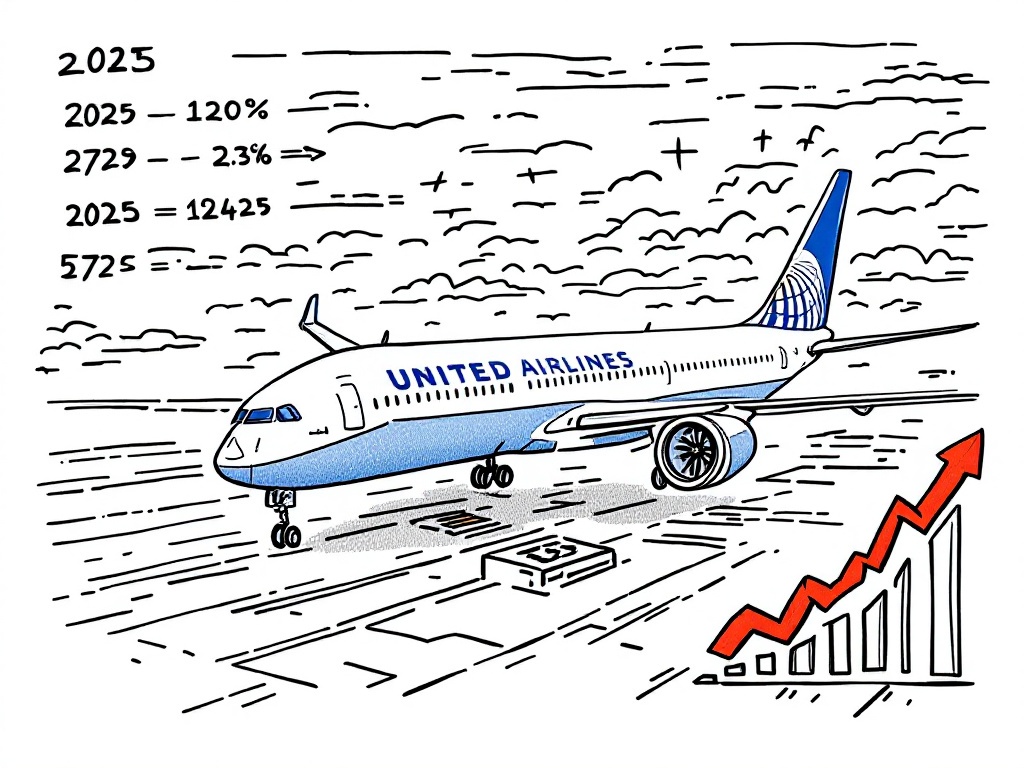United Airlines Reduces Domestic Flights Amid Waning Demand

Chicago, Tuesday, 15 April 2025.
In 2025, United Airlines plans a 4% reduction in domestic flight capacity due to declining demand, while premium and international bookings continue to grow, reflecting shifting travel trends.
Rationale Behind the Cuts
United Airlines (NYSE: UAL) has announced a strategic decision to reduce its domestic flight capacity by 4 percentage points from the third quarter of 2025. This decision comes as a direct response to lower demand for domestic flights amidst a backdrop of fluctuating economic conditions. However, despite the challenges facing the domestic market, the airline is experiencing a surge in demand for premium and international travel, indicating a shift in consumer preferences [1][2].
Financial Performance and Expectations
In the first quarter of 2025, United Airlines reported a profit of $387 million, or $1.16 per share, marking a significant turnaround from a $124 million loss in the first quarter of 2024. The adjusted earnings of $0.91 per share exceeded Wall Street’s expectations, showcasing the company’s resilience despite domestic setbacks. The carrier’s revenues reached $13.21 billion, representing a 5% increase compared to the previous year, although this was slightly below analyst forecasts [1][2].
Market Adjustments Amid Softening Demand
United’s strategic adjustments also include the early retirement of 21 aircraft and modifications in utilizing its existing fleet, particularly prioritizing efficiency on underperforming routes and adjusting schedules to match demand patterns. These efforts are aimed at maintaining the airline’s profitability in an increasingly competitive environment where reduced domestic demand is widespread across the industry [2][3].
Broader Industry Context and Challenges
The airline’s decision reflects broader industry trends where major players like Delta and British Airways are similarly reducing routes and opting for fare reductions to attract travelers amidst a softening demand environment. The U.S. Department of Transportation’s Bureau of Transportation Statistics has reported an overall 2% decline in average airline fares from March 2024 to March 2025, which underscores the challenging market conditions that airlines currently face [3].